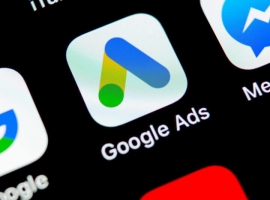Braze (formerly known as Appboy) has been broadening its scope since it was founded in 2011.
It began as a mobile marketing and customer relationship platform and now, as it addresses other environments such as desktop websites and connected TV, it describes itself as an customer engagement platform.
The New York City-based company has now taken another expansive step, launching an ecosystem of 45+ integration applications called Braze Alloys. Integrations are now available for customer data infrastructure provider Segment, customer data platform mParticle, behavioral analytics suite Amplitude, deep linking provider Branch, A/B testing service Apptimize and attribution service AppsFlyer, among others.
CEO/co-founder Bill Magnuson told me that, previously, his company had tech integrations on an ad hoc basis with various providers. The tech partners in Alloys, he said, were chosen because they are the applications most used by Braze’s 500+ enterprise customers, with multiple providers in every category.
Why this matters. The integrated set of applications provides an environment of connected capabilities, but a key enhancement is the addition of data flows in and out of the Braze platform. Data feeding business intelligence providers like Looker, for instance, flows out of Braze, while attribution, location data, loyalty program and similar customer data flow in.
Braze is now a hub of this data, a role that is becoming increasingly common for a wide variety of marketing and ad tools. At a much larger scale, for instance, Salesforce and its App Exchange have also grown a related application/platform community.
Each hub in such an application ecosystem addresses “spokes” that can, in their own universes, become their own hubs. Segment, for instance, is part of Braze’s Alloys and the center of its own application ecosystem.
As such app communities become even more common, the key differentiators will be which data flows where, and to what degree the hubs offer functional control of their satellites. The first factor, flow of data, will inevitably grow wider, more diverse and increasingly two-way, but the second will determine to what degree these hubs act as virtual, ad hoc — and highly diverse — marketing automation platforms.
This story first appeared on MarTech Today. For more on marketing technology, click here.
The post Braze launches an app ecosystem with more than 45 integrations appeared first on Marketing Land.
Original article source: https://marketingland.com/feed





There are no comments